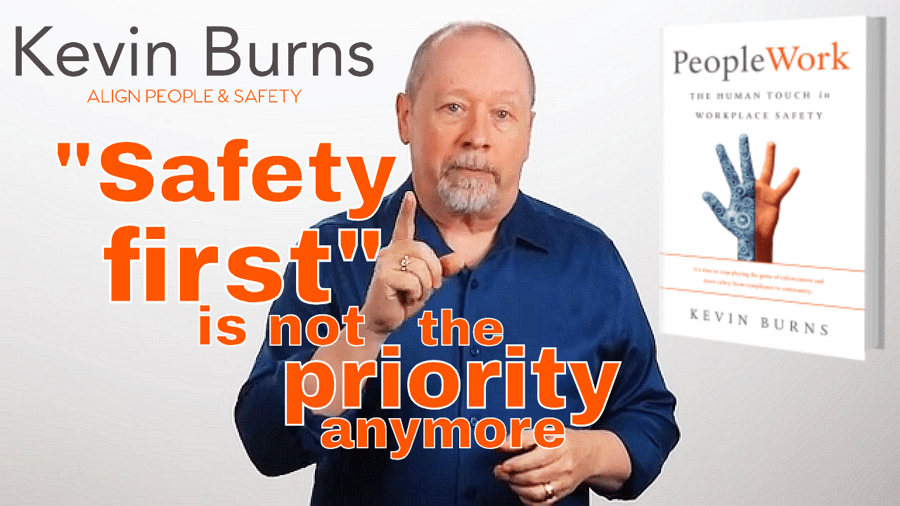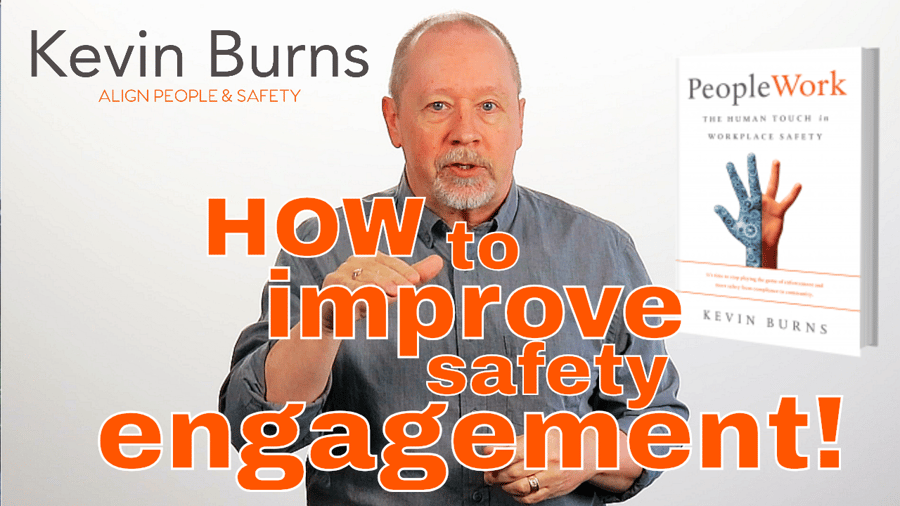
What if your "one thing" was to make a difference? There are no such things as priorities. You can have a priority; one. But you can’t have more than one priority. Besides, it’s not a priority if it competes for attention with other priorities. You can have a lot of things that are important, or urgent or critical. But there is room for only one priority. It is that one priority that you can build a company, an ideal or a movement around.











